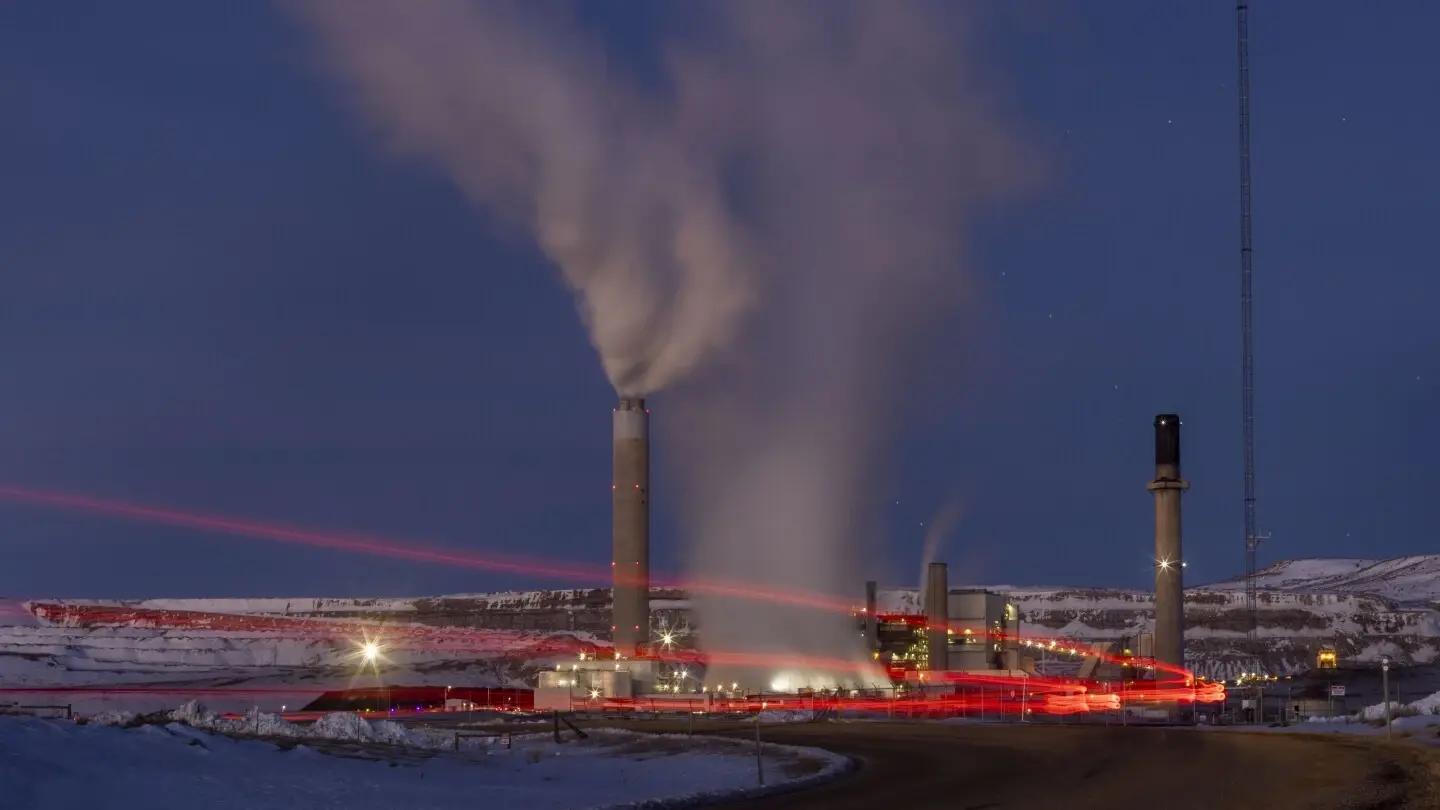I wish to be very clear that fission could have solved a lot 40 years ago, but it currently does not help.
I’m working on a fusion story where all involved know we’re just 30 years out. Not sure yet where that story is going, but Georgia’s experience didn’t help matters because people hear “nuclear,” and at that point, we have Three Mile Island, Chernobyl and other such nice things. Overbudget and really late doesn’t help matters. (For a fun time, check out Palo Verde.) While there was more outrage in Germany over nuclear, if you grew up in Phoenix in the '80s, Palo Verde was shorthand for poor execution.
Enhanced geothermal is the answer here. I’d like to think we can figure out fusion, but it’s one of those things where we’re trying to harness the power of stars, and we are not Type II. Cart, horse.
Yes, fission is preferable to coal, but that’s a low bar. We need renewables that can perform when it’s neither sunny nor windy, and this is where EGS makes sense. I expect we will see more investment in wave power, but that’s also likely decades off, with desalinization being part and parcel, and that has its own waste problems.
This revolutionizes nothing. It’s old tech trying to address new problems, and short of the wheel, this generally goes poorly. I do want to say I think Gates has his heart in the right place, and, you know, malaria vaccines are totally changing the world.
One nuke plant in Wyoming will not.
If this is being done to avoid coal miners not getting uppity, I guess OK, but this is tech from nearly 80 years ago competing with PV, wind and EGS. This is backward looking.
I’m working on a fusion story where all involved know we’re just 30 years out.
oh man, that’s certainly way sooner than I expected. I know we had that big breakthrough last year, but I can’t believe those in the know are already predicting 30 years out.
This is honestly why I enjoy covering what I do. I don’t see it being commercially viable in three decades, let alone more. Better tokamaks are not the answer. There’s still too much input voltage where we’re not getting net output.
That’s the joke, though. Fusion is always 30 years out. I want to see real breakthroughs, and we aren’t there yet with fusion. That said, I’ve not paid a power bill since September, so we have solutions; they just aren’t at utility scale.
so to your mind, why are PV, wind, and EGS are the preferred solutions to nuclear? Just because they can produce similar output with fewer risks?
I don’t wish to be dismissive, but, uh … yeah. Fewer risks and baseload are kinda the holy grail.
Sorry I should have added: I always thought that nuclear had way higher output capacity than other energy options. But I think it’s clear that that is no longer the case, if it ever was.
Thx for jumping in here and sharing your expertise!
Solar attached to homes is not really a scalable solution on its own. For one thing, it’s a massive liability for the utility. Power is produced on an as needed just in time fashion. Putting extra power onto the grid just means that the load is less predictable, and if the utility doesn’t have storage, this extra power could be excess, and there isn’t a convenient and safe way to dump persistent excess power on a grid level, and they can’t phone you up to ask you to shut down your solar arrays either.
This is why you see negative energy prices from time to time. Oversupply is a problem and it can wreck equipment.
deleted by creator
Thank you for pointing this out (I have watched that video AND have been following the science). I understand where @Powderhorn@beehaw.org is coming from. However, I disagree. What TerraPower is demonstrating is, at least, a stop-gap until renewables can solve its energy storage issues. And even then, TerraPower could go much further down the road.
Yes, we clearly need better storage, and it feels (red flag, everyone!) like we’re nearly there. Sodium is looking very promising without the issues LFP represents. I’ve very much enjoyed the learning I’ve done here, especially the Nova link. I’m always open to changing my mind given new data, and I love that y’all have provided that.
Thank you for this link. I’m still not sure this is the solution, but it certainly is a solution. And we need everything we can get.






